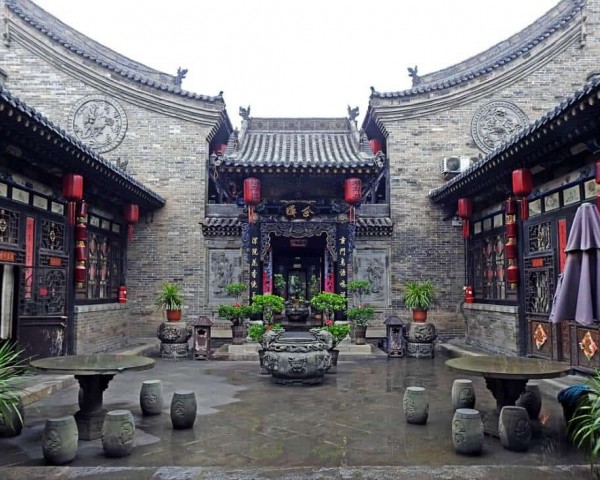In eastern China, Shanxi province has been experiencing an economic and tourism rebound since the release of the video game Black Myth Wukong on August 20. The classic yet well-known Chinese novel “Journey to the West” inspires the game. It follows an anthropomorphic monkey inspired by Sun Wukong, the novel’s hero, in authentic traditional settings.
Journey to the West is one of East Asia’s most famous works of literature. It has been adapted many times for film, television, and theatre. Sun Wukong, the monkey, and his staff, has made its way into the West in the guise of Son Goku, the main character of Dragon Ball.
Huayan Temple is a popular tourist attraction in Datong, Shanxi Province. Tourism has spiked since the release of the video game Black Myth Wukong, as the traditional Chinese buildings primarily inspire the game’s settings in this region. Shanxi province is known for having the oldest architecture in China, dating back to before the Tang Dynasty. Whether it’s the art on the surface or the underground structures, Shanxi is the place to visit. The unique climate and geographical conditions have helped preserve these ancient buildings over time.
It’s like a passport to the game’s history. A stamp is needed at each location. Of the 36 locations identified to create the Black Myth Wukong game, 27 are in Shanxi.
The second most popular tourist place is the Yungang Grottoes, with nearly 50,000 rock-cut Buddha statues. This video game has boosted cultural tourism in Datong and is quite impressive. Thanks to the Black Myth, tourism in Shanxi has become very dynamic. Local hoteliers are delighted: hotels have been full since this summer and for the months to come. The game undoubtedly benefits the local population in terms of positive spin-offs for the government and especially the economy.
Datong was once a struggling city dependent on its coal mines. However, the emergence of tourism transformed its identity, as culture proved to be an everlasting resource even after the coal reserves were depleted.












